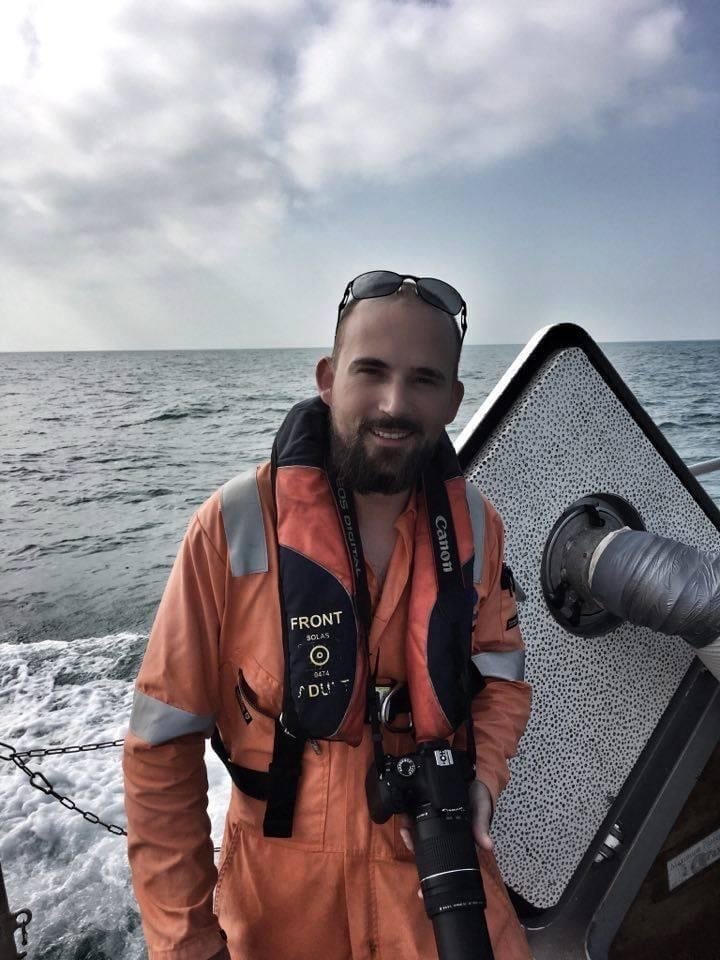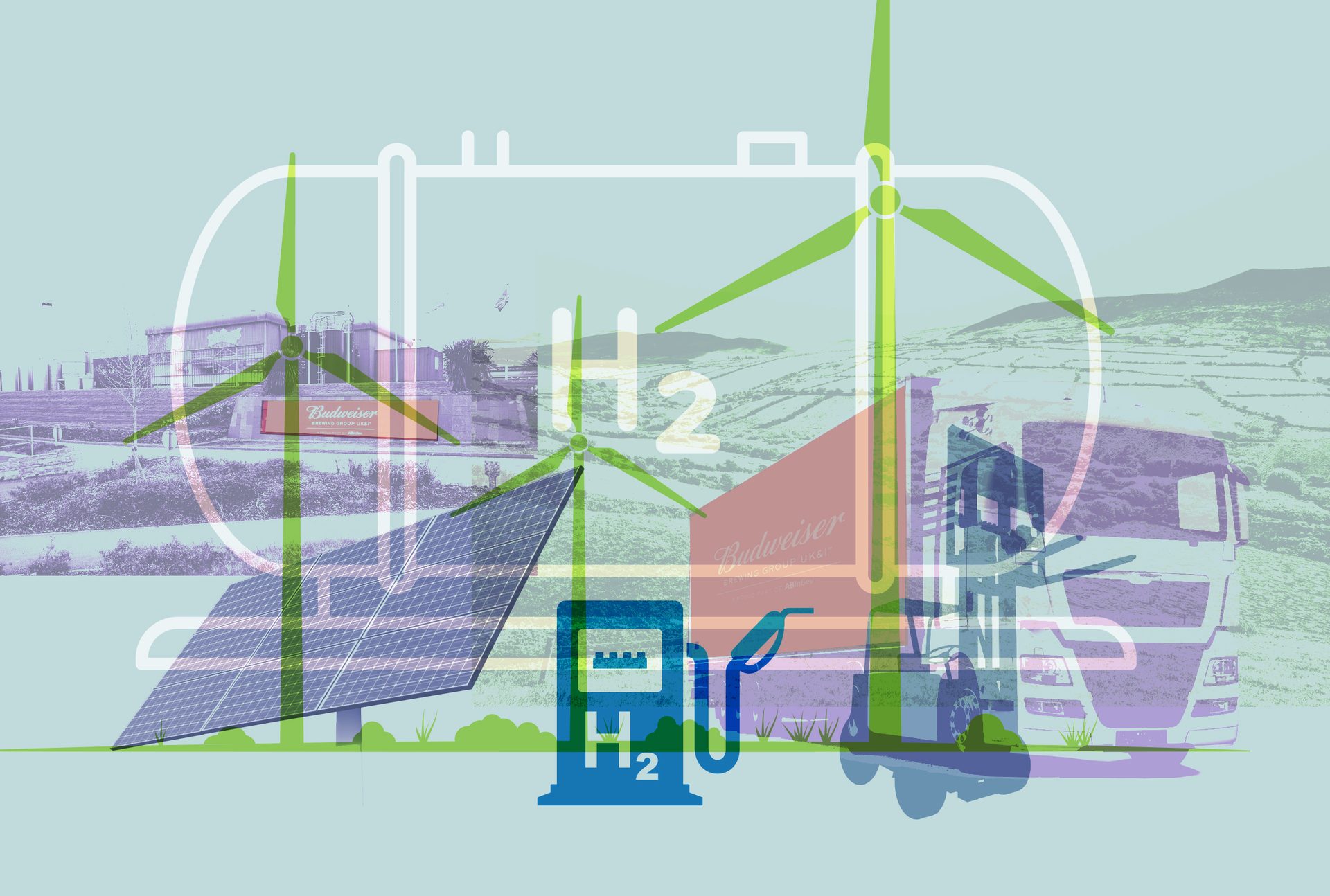
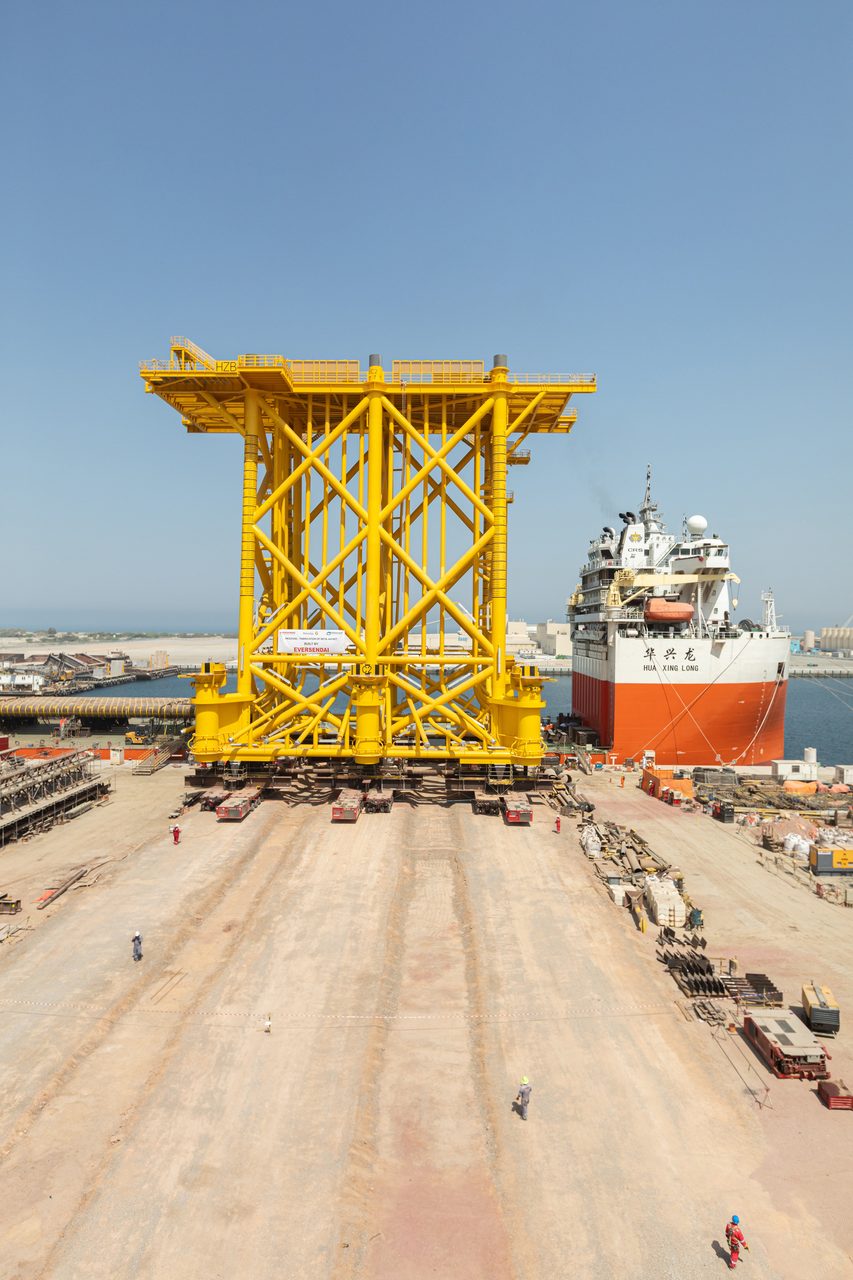
Adam Cheesman is marking one year since moving to Perth in Australia permanently from the UK. As Operations Director he was tasked with growing our business in the region.
“I was sitting in Aberdeen 18 months ago, finalising the strategy for the market entry of our Operations business and growth of the overall business,” he recalls. “To be sat here now and looking back over the past year, we have achieved what we set out to do despite the challenges that Covid-19 has thrown at us.
“We now have a stronger business after putting the foundations for growth in place, we‘ve increased our brand recognition, we have a team that is growing to meet the demands of the new work we have secured. We’re on the right path.”
Antipodean ambitions
THERE’S OPPORTUNITIES APLENTY IN AUSTRALIA AND NEW ZEALAND, AND WE’RE WELL PLACED TO SEIZE THEM – AS OPERATIONS DIRECTOR ADAM CHEESMAN AND REGIONAL DIRECTOR JOSIE PHILIPS EXPLAIN
WORDS CHRISTINA McPHERSON
PUBLISHED SEPTEMBER 2020
WHere we work
Brewing beer and sustainability have typically been uneasy bedfellows. It takes three to seven barrels of water to make one barrel of beer, a huge amount of energy is needed during the brewing process, and then there is the transportation footprint and the wasted by-products.
But change is afoot. Craft brewers, as well as the larger giants of the industry, are beginning to integrate sustainable measures into their breweries.
One such company is ABInBev, which owns more than 500 brands including Budweiser, Beck’s and Corona. It has ambitious targets in place, including a commitment that 100% of purchased electricity will come from renewable sources by 2025. In the UK, the goal is for its largest brewery, Magor in South Wales, to be Net Zero by 2026.
As a stepping stone to this, Petrofac has undertaken concept engineering to explore the deployment of green hydrogen at the brewery for our client Protium. Protium is a green hydrogen energy services company and working directly with ABInBev on its sustainability goals.
Petrofac began working with Protium two years ago, offering our engineering resources and expertise. Protium primarily focuses on consumer facing industries, and this is one project in what is becoming a very fruitful relationship.
It is all part of a wider drive in the UK towards hydrogen as a clean energy source and super-fuel of the future. Investment in green hydrogen is growing at an exponential rate. The UK government has just appointed its first Hydrogen Champion, while opening up grant funding for low-carbon hydrogen projects.
So, why green hydrogen? “Many manufacturers are consumer facing and produce household brands, but manufacturing facilities account for more than 20% of global emissions. Some have imposed their own Net Zero targets as their customers become more socially conscious,” explains Study Manager Mark Baker, who undertook the concept engineering for the project and is based in our Woking office.
“A large proportion of the carbon emissions at manufacturing facilities can be attributed to high-temperature heat generation for onsite usage (so burning fuels like natural gas and distillates to generate the steam). Another significant source of emissions is the fuel used in the supply chain and vehicle fleet to move raw materials and product to, from and around the facility.
“Many of these manufacturing plants are in dispersed locations and cannot pool resources for shared infrastructure around industrial clusters. So, they require an alternative cost-effective and flexible way to decarbonise. Green hydrogen could potentially give them the opportunity to do this.”
DELVING INTO THE CONCEPT ENGINEERING FOR THE DEPLOYMENT OF GREEN HYDROGEN AT A BREWERY
WORDS CHRISTINA McPHERSON
PUBLISHED OCTOBER 2022
SOMETHING GREEN IS BREWING
PROJECTS
IN NUMBERS
A UK first, landmark green hydrogen project
Equivalent to removing emissions from 12,000 long haul flights
Or taking 3,300 vehicles off local roads

Future proofing: A computer generated image of the HGV fueling station
THE CONSIDERATIONS: ENERGY SOURCES, WATER AND THE ELECTROLYSER
Green hydrogen is produced by using renewable energy to drive an electrolyser that splits water into hydrogen and oxygen. The only by-product is oxygen which can be safely released into the air. Whereas on another recent project we did for Arrowsmith in Western Australia, the hydrogen was liquified and exported, here the gas is compressed.
It will be used as a fuel source for the brewery’s forklift trucks and heavy goods vehicles, which transport the beer around the country. The hydrogen will also supply site boilers used in the brewing process.
Marks says: “As the HGVs are required to transport product, this would be given priority over other uses. Once the storage is full, hydrogen could be used to fill tube trailers for retail export and to supply the site boilers. In this scenario, there could be the potential to supply to business consumers should there be any in the local area.
“There are various elements that need careful consideration when deploying green hydrogen. Firstly, you need a renewable power source and electrolyser. You need to think about your water source and how to manage the reject water, as well as the balance of plant requirements such as instrument gas, compression and storage.”
The hydrogen production facility is powered by Protium’s renewable energy assets (solar and wind) generating power locally. Of course, solar and wind energy can be intermittent. “There is a connection to the grid, so excess electricity can be fed into the grid,” explains Mark. “When it is not sunny or windy, the energy can be drawn back from the grid.”
Then there is the electrolyser. An electrolyser consists of a conductive electrode stack separated by a membrane. A high voltage and current is applied, causing the water to break down into its component molecules: hydrogen and oxygen. The entire system also contains pumps, vents, storage tanks and a power supply.
As Mark explains, there are two main types of electrolyser that are commercially available: alkaline and Proton Exchange Membrane (PEM). Mark explains: “Alkaline tends to be a bit cheaper but have a larger footprint and have slower dynamic responses to power fluctuations. Whereas PEM is a newer technology and hence a bit more expensive but are much more responsive to electrical fluctuations, operate at a lower turndown, and are comparatively compact.”
Another consideration is the water source. The feed water for the electrolyser comes from the brewery’s treatment plant, meaning it has already been treated to the required specification for the electrolyser. Waste heat from the electrolyser could also be used to supply hot water to the factory for processes such a pasteurisation and general heating.
“Many manufacturers are consumer facing and produce household brands... Some have imposed their own Net Zero targets as their customers become more socially conscious.”
Mark Baker
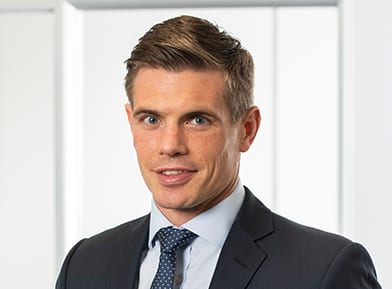

No pipe dream: the project is fast approaching a major milestone – first gas
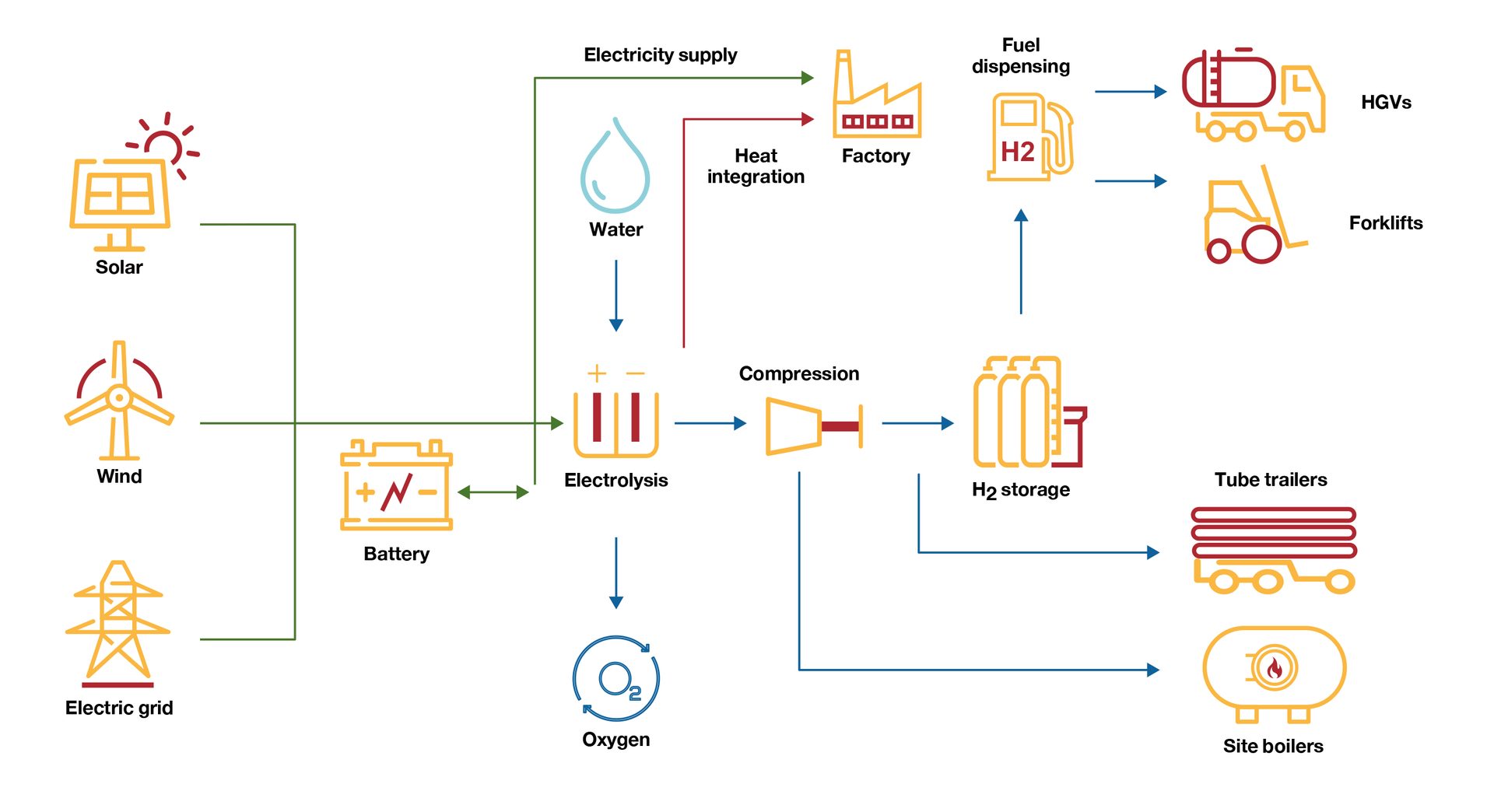
From start to finish: How it works
THE CHALLENGES: COMPRESSING, STORING AND FUELLING
Compressing and storing hydrogen is notoriously difficult – it has a low density, lighter than helium.
“The electrolyser that has been chosen for this project operates at a low pressure, so compressing from atmospheric pressure up to 500 bar is challenging,” continues Mark. “You also need to compress it to a very high pressure to be able to store it in sensible volumes and in the UK, there are restrictions that dictate the volumes you can store it at on site, so you have to work within those.
“The engineering here is challenging. It’s difficult to store hydrogen in traditional vessels and bullets at such high pressures, hence smaller tube type storage vessels made of composite materials are often used.”
Much of the engineering for the project can be packaged or modularised, including for the fuelling station. “The technology is relatively new to the market and finding suppliers for the fuelling station has been difficult. We are currently exploring different technology pathways for the hydrogen refuelling. It’s important to work closely with vendors, like any other project, on the engineering packages,” says Mark.
The EPC for the plant and fuelling station is similar to Petrofac’s oil and gas projects, with procuring the major pieces of equipment dictating how long the project will take, adds Mark. “Procuring compressors and vessels, and doing the groundwork on such a big site, takes just as long as bigger projects. Smaller projects where you only need to fit an electrolyser can be quicker as it’s only a couple of containers that can be bought off the shelf and they can be deployed really quickly.”
“It’s difficult to store hydrogen in traditional vessels and bullets at such high pressures, hence smaller tube type storage vessels made of composite materials are often used.”
THE FUTURE IS GREEN (HYDROGEN)
The project could generate up to 20 MW of zero carbon energy and be the first large-scale hydrogen generation system at a brewery.
“Green hydrogen provides manufacturing with a means to decarbonise and minimise exposure to the rising cost of emissions,” says Mark. “Production costs will fall with falling renewable and electrolysis unit costs, and will reach parity with other types of hydrogen like blue hydrogen.”
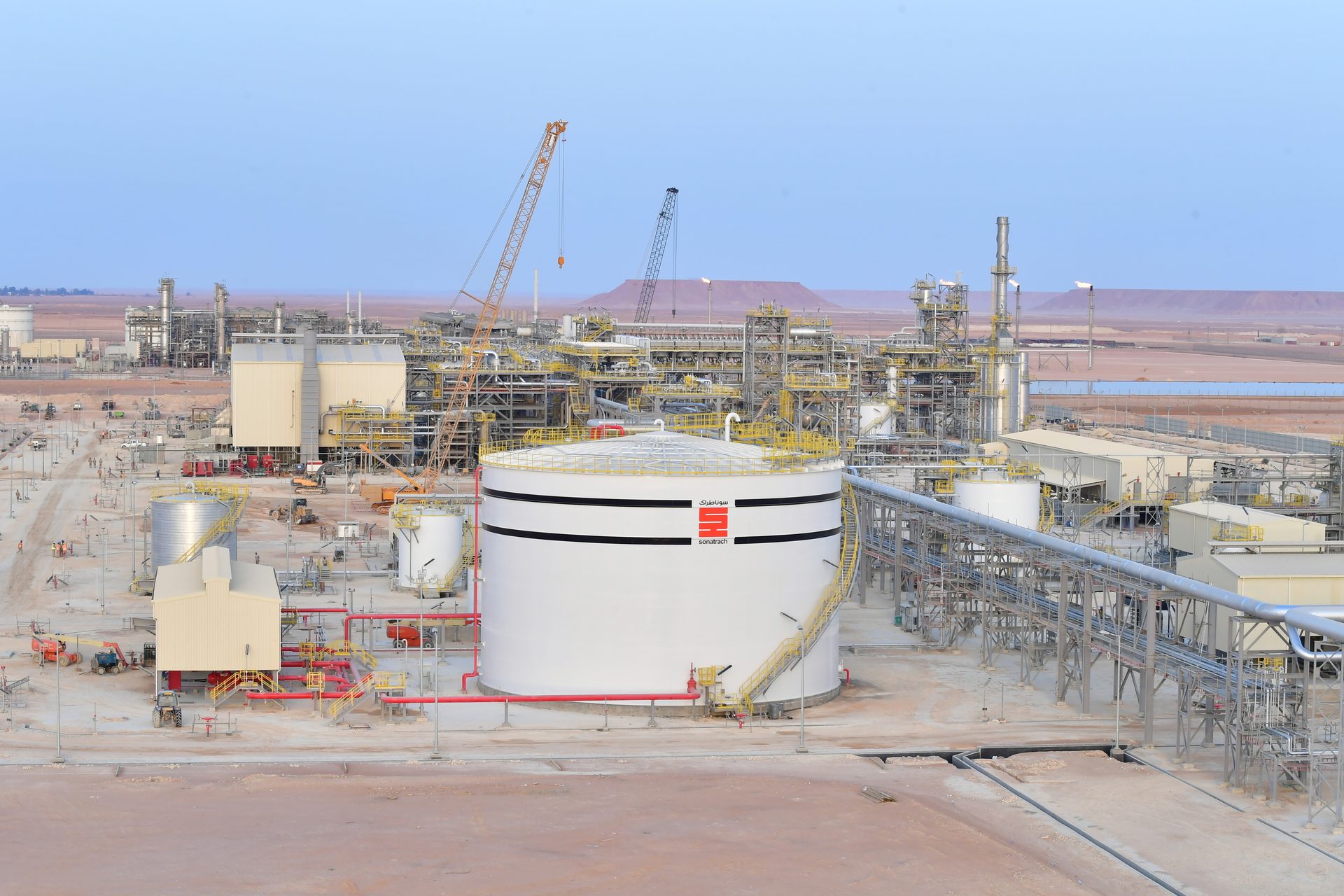


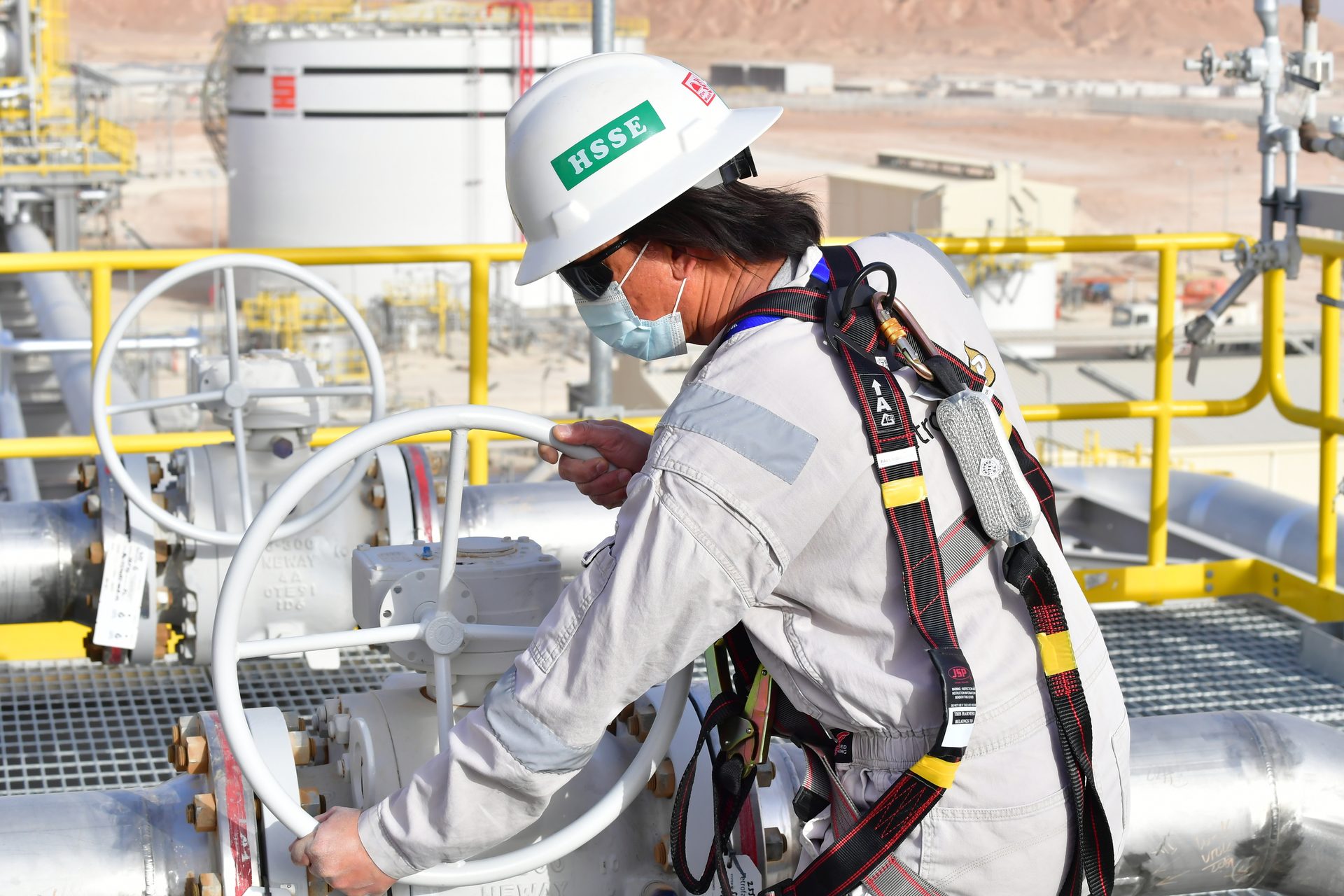
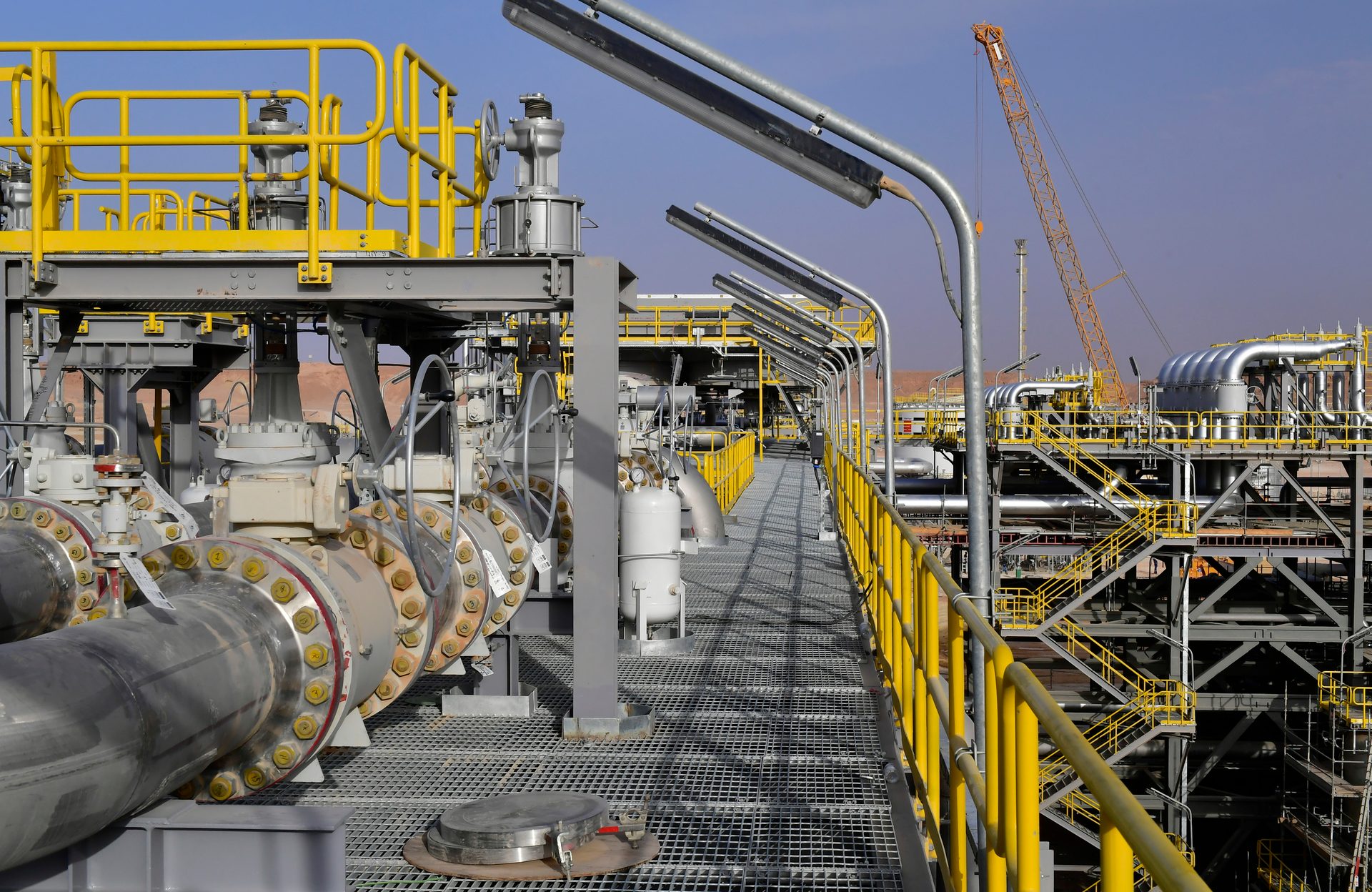
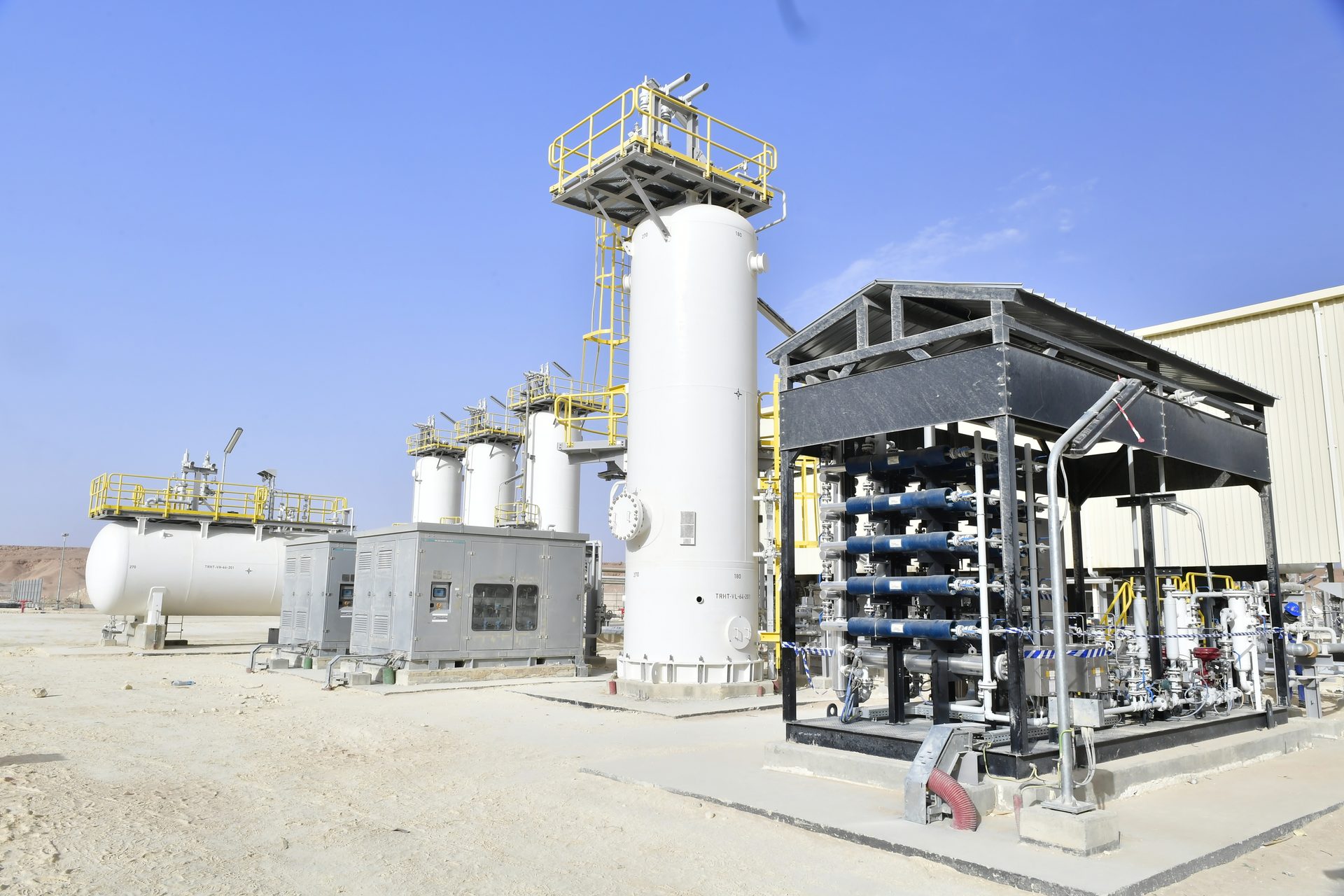
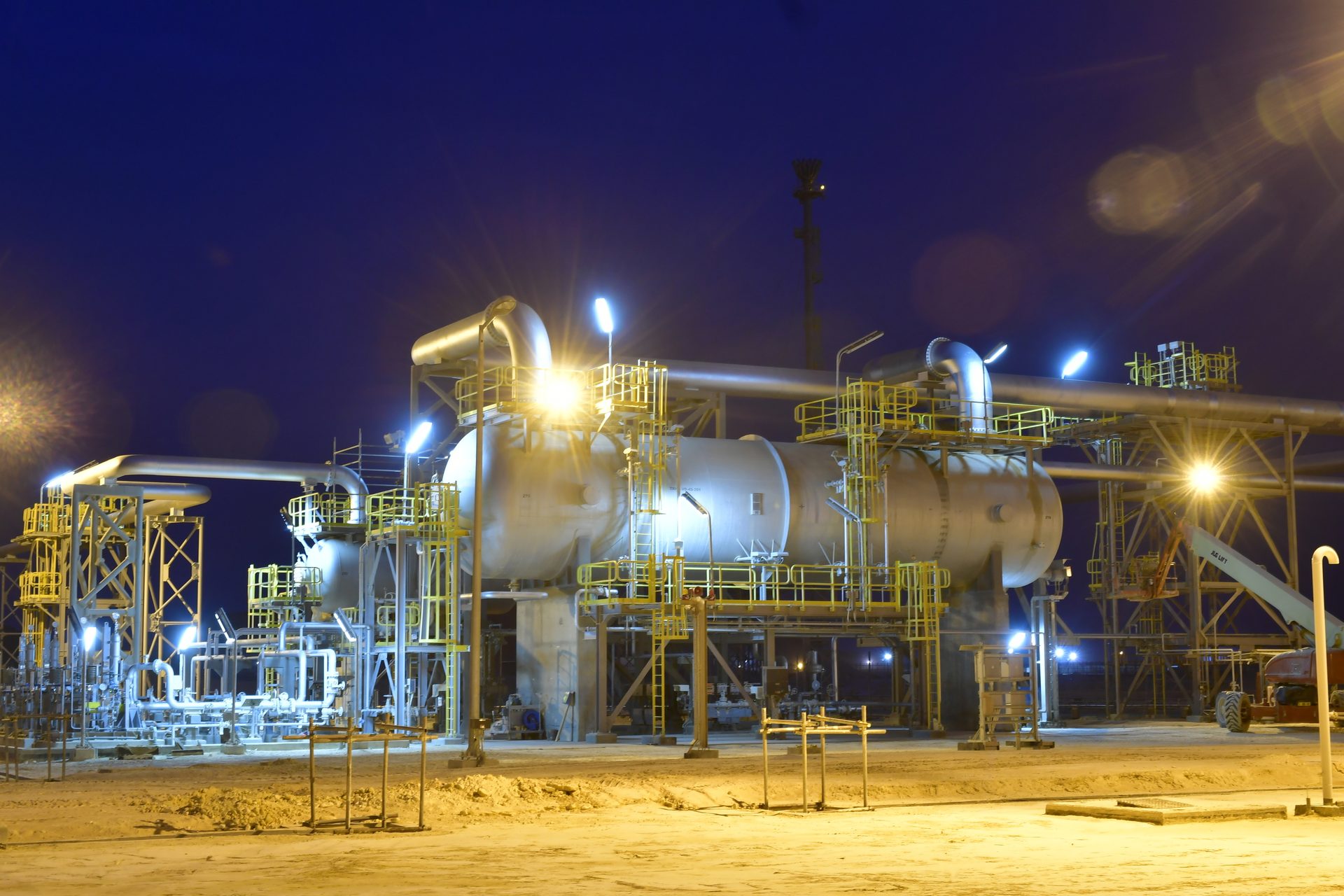


TINRHERT in pictures
Like many of our other projects, In-Country Value (ICV) has played an important role on Tinrhert. Around 80% of the project’s workforce are Algerian, and many are from the local province. They have been appointed across all levels onsite and include key people like the site’s security manager, Yagoub Mohamed.
Amine, who is from Algiers, says that working with foreign companies in the Sahara is very good for their CVs. “I’ve always respected Petrofac; the company offers a very good package and conditions for Algerians,” he says.
Petrofac has also made a number of donations to the local community. In 2020, we provided essential medical equipment, including defibrillators, to the nearby In Amenas hospital. We also distributed backpacks, books, and stationery supplies to more than 100 children at the Ebn Badiss Elementary School and Zgouni Ali Complementary School, in Ohanet. More recently, the team donated food to the local community for Ramadan.
KEEPING IT LOCAL

What kind of skills are transferable?
The engineering and project management principles are exactly the same – you are managing a project and people to deliver an outcome for clients. A lot of the good engineering skills you develop through gas processing are transferable to green hydrogen. The process of developing an engineering package from concept to construction is the same as an oil and gas project. You just need to learn about a new piece of technology – which we would do anyway if we were, for instance, designing a new unit or element in a refinery.
How do you see green hydrogen developing in the future?
We are getting several requests for green hydrogen proposals each week. The volume of green hydrogen projects in the UK is growing at a very fast pace. Another country where we’re seeing lots of activity is Egypt, as it gears up to host COP27 later this year. There is also significant growth in countries where the renewable sources are most abundantly available such as Australia, Chile, Morocco and Spain.
Q&A WITH MARK
What sort of projects have you worked on in the past?
By background, I’m a process engineer. I’ve worked on offshore and onshore oil and gas projects across the world. As well as working for Petrofac, I’ve also worked for operators.
What’s it like working on new energy projects like this?
It’s a step change from oil and gas, but you are still using the skills you have developed, and it’s also enjoyable being at the cutting edge of something new.
